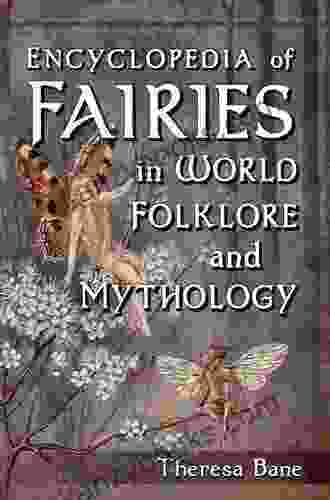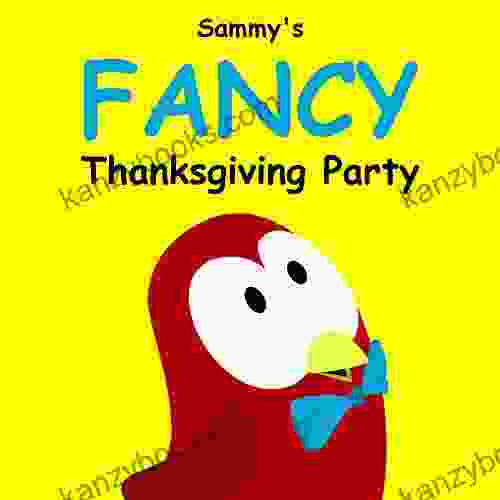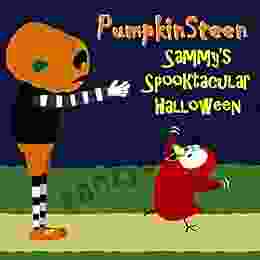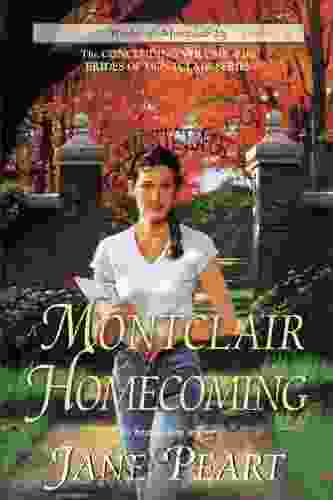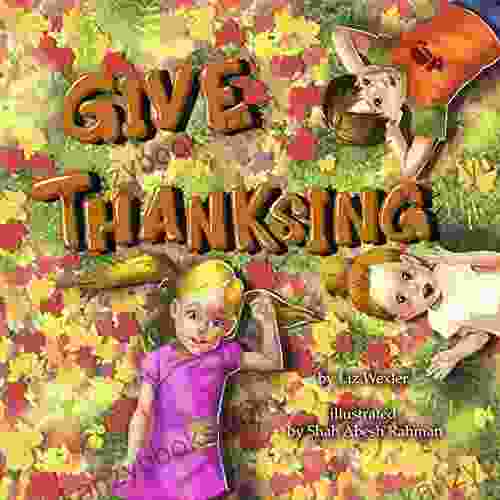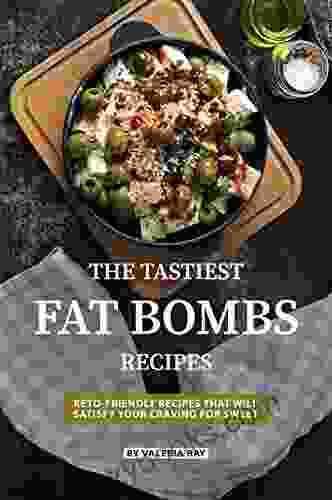Discover the Enchanting World of Fairies in Folklore and Mythology

Fairies have captured the imagination of humans for centuries, inspiring countless stories, legends, and works of art. From the ethereal beings of Celtic folklore to the mischievous sprites of Shakespeare's plays, fairies have woven their way into the fabric of our collective consciousness. The Encyclopedia of Fairies in World Folklore and Mythology offers a comprehensive and captivating exploration of these enchanting creatures, delving deep into their origins, their diverse roles in different cultures, and their enduring legacy in literature, art, and popular culture.
Origins and Etymology
The origins of fairies are shrouded in mystery, but their roots can be traced back to ancient beliefs in supernatural beings that inhabited the natural world. The term "fairy" is derived from the Latin word "fata," which referred to a type of supernatural being with the ability to grant wishes. Over time, the word came to be associated with the diminutive beings we now know as fairies.
4.4 out of 5
| Language | : | English |
| File size | : | 1295 KB |
| Text-to-Speech | : | Enabled |
| Screen Reader | : | Supported |
| Enhanced typesetting | : | Enabled |
| Word Wise | : | Enabled |
| Print length | : | 429 pages |
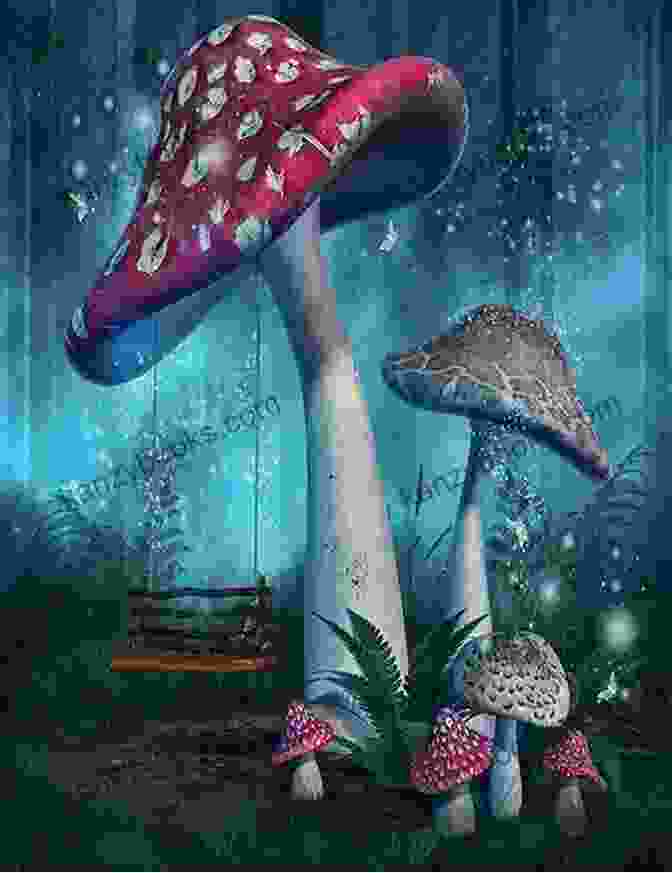
Cultural Diversity
Fairies appear in the folklore and mythology of countless cultures around the world. Their names, appearances, and roles vary widely, reflecting the diverse beliefs and traditions of each culture. In Celtic folklore, for example, fairies are often depicted as small, mischievous creatures with a love of music and dancing. In Norse mythology, on the other hand, fairies are often associated with fertility and the underworld.
Despite their cultural differences, fairies share certain common characteristics. They are typically described as small, winged beings with ethereal beauty. They possess supernatural powers, such as the ability to fly, change shape, and grant wishes. Fairies are often associated with nature and the natural world, and they frequently appear in stories about love, adventure, and magic.
Literary and Artistic Legacy
Fairies have had a profound impact on literature and art. They have been featured in countless works of fiction, from Shakespeare's A Midsummer Night's Dream to J.M. Barrie's Peter Pan. They have also inspired numerous paintings, sculptures, and other works of visual art.
In literature, fairies are often used to symbolize otherworldly beauty, magic, and the transformative power of imagination. They can be mischievous, helpful, or even dangerous, depending on the story and the author's interpretation. In art, fairies are frequently depicted as beautiful and ethereal beings, often surrounded by flowers and butterflies.
Modern Interpretations
In recent years, fairies have experienced a resurgence in popularity. They have become a popular subject for fantasy novels, movies, and television shows. They have also been incorporated into popular culture, appearing on everything from children's toys to adult fashion.
This modern interest in fairies reflects a growing fascination with the supernatural and the power of imagination. In an increasingly technological world, fairies offer a reminder of the enchantment and wonder that still exists in our world.
The Encyclopedia of Fairies in World Folklore and Mythology is an essential guide to the fascinating world of these enchanting creatures. With its comprehensive entries, stunning illustrations, and engaging narrative, this book is the ultimate resource for anyone interested in fairies, folklore, or the power of imagination. Whether you're a seasoned scholar or a curious reader, you're sure to find something to delight and inspire you in this enchanting volume.
4.4 out of 5
| Language | : | English |
| File size | : | 1295 KB |
| Text-to-Speech | : | Enabled |
| Screen Reader | : | Supported |
| Enhanced typesetting | : | Enabled |
| Word Wise | : | Enabled |
| Print length | : | 429 pages |
Do you want to contribute by writing guest posts on this blog?
Please contact us and send us a resume of previous articles that you have written.
 Book
Book Novel
Novel Page
Page Chapter
Chapter Text
Text Story
Story Genre
Genre Reader
Reader Library
Library Paperback
Paperback E-book
E-book Magazine
Magazine Newspaper
Newspaper Paragraph
Paragraph Sentence
Sentence Bookmark
Bookmark Shelf
Shelf Glossary
Glossary Bibliography
Bibliography Foreword
Foreword Preface
Preface Synopsis
Synopsis Annotation
Annotation Footnote
Footnote Manuscript
Manuscript Scroll
Scroll Codex
Codex Tome
Tome Bestseller
Bestseller Classics
Classics Library card
Library card Narrative
Narrative Biography
Biography Autobiography
Autobiography Memoir
Memoir Reference
Reference Encyclopedia
Encyclopedia Sultan Abdulhameed
Sultan Abdulhameed William A Campbell Jr
William A Campbell Jr Suzanne Ward
Suzanne Ward Lisa Filler
Lisa Filler Sean Mcmanus
Sean Mcmanus Tonya Hunter
Tonya Hunter J Clifton Slater
J Clifton Slater Valentina Mylko
Valentina Mylko Steven Masley
Steven Masley Shelia M Kennison
Shelia M Kennison Tim Dahlberg
Tim Dahlberg Kavit Haria
Kavit Haria Teodor Ardeleanu
Teodor Ardeleanu Tobe Hanson
Tobe Hanson Tyler Mallari
Tyler Mallari Tammy Horvath
Tammy Horvath Lynelle Woolley
Lynelle Woolley Tatyana Mickushina
Tatyana Mickushina Scott Urman
Scott Urman Vicki Lesage
Vicki Lesage
Light bulbAdvertise smarter! Our strategic ad space ensures maximum exposure. Reserve your spot today!
 T.S. EliotFollow ·17.4k
T.S. EliotFollow ·17.4k Bryan GrayFollow ·15.6k
Bryan GrayFollow ·15.6k Rudyard KiplingFollow ·14.3k
Rudyard KiplingFollow ·14.3k Michael SimmonsFollow ·4.8k
Michael SimmonsFollow ·4.8k Easton PowellFollow ·17.1k
Easton PowellFollow ·17.1k Harry CookFollow ·7.5k
Harry CookFollow ·7.5k Mario BenedettiFollow ·17.3k
Mario BenedettiFollow ·17.3k Brennan BlairFollow ·8.6k
Brennan BlairFollow ·8.6k

 Virginia Woolf
Virginia WoolfGetting High Fat Diet Easily Using Keto Fat Bomb Cookbook
Unveiling the Power of Fat...

 Milan Kundera
Milan KunderaAre You Cryin' Brian? Find the Inspiration and Humor in...
Life can be full of...
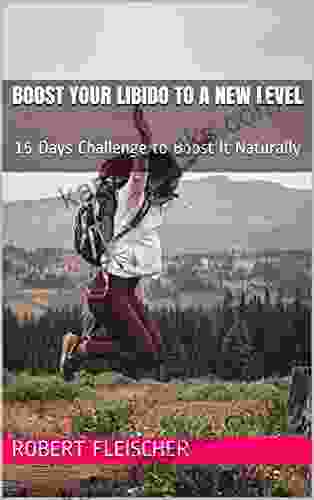
 Edmund Hayes
Edmund HayesUnlock Your Vitality: The 15-Day Natural Energy Boost...
Are You Ready to...

 Gavin Mitchell
Gavin MitchellMultiple Sclerosis Life Expectancy: Unveiling the Impact...
Multiple Sclerosis (MS) is a...

 Gabriel Garcia Marquez
Gabriel Garcia MarquezGet The Thighs That Can Crack Man Head Like Walnut
Are you tired of weak, flabby...
4.4 out of 5
| Language | : | English |
| File size | : | 1295 KB |
| Text-to-Speech | : | Enabled |
| Screen Reader | : | Supported |
| Enhanced typesetting | : | Enabled |
| Word Wise | : | Enabled |
| Print length | : | 429 pages |


